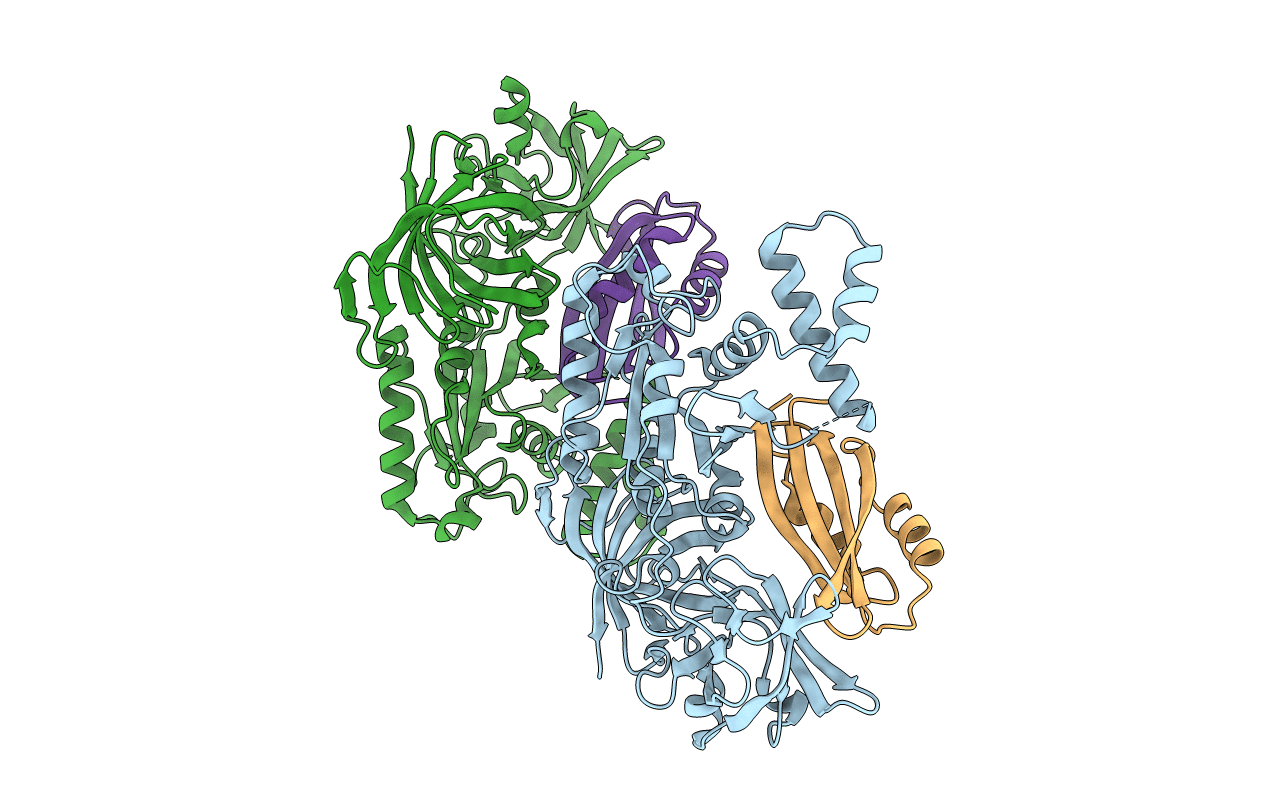
Deposition Date
2020-08-15
Release Date
2021-06-23
Last Version Date
2023-11-29
Entry Detail
Biological Source:
Source Organism:
Pyrococcus horikoshii OT-3 (Taxon ID: 70601)
Host Organism:
Method Details:
Experimental Method:
Resolution:
2.00 Å
R-Value Free:
0.27
R-Value Work:
0.22
R-Value Observed:
0.22
Space Group:
P 1


